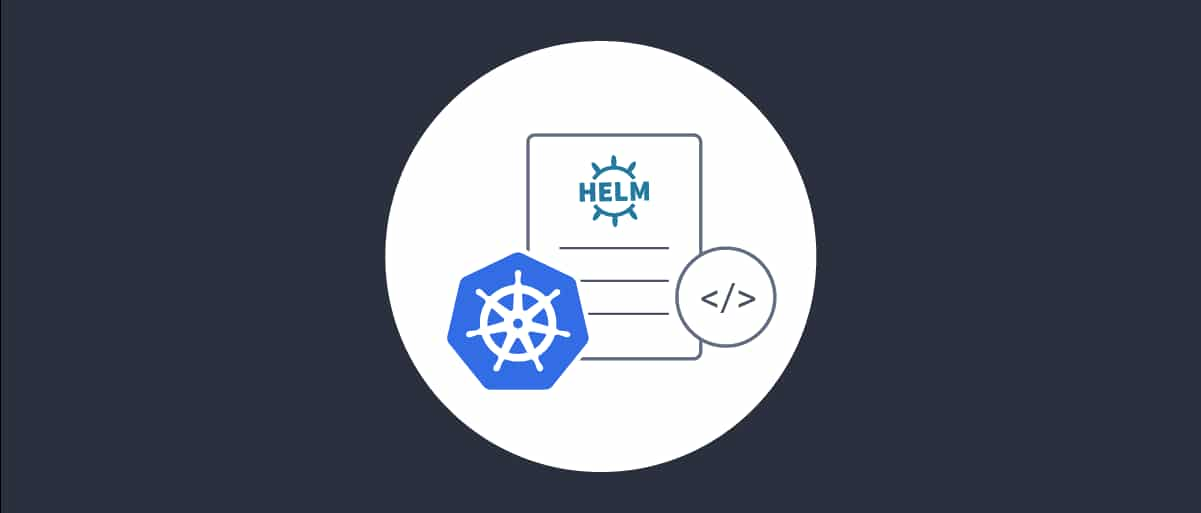On this page
In this tutorial you will learn how to use a Helm package provided by Curity to install the Curity Identity Server on a Kubernetes Cluster.
When installing this chart the release creates the following resources for a runtime node in the Kubernetes cluster:
- A Deployment
- A Service
New to Kubernetes and Helm?
If you are new to Kubernetes platform take a look at the Concepts behind Kubernetes. If you are not familiar with Helm - the Kubernetes package manager, have a look at the Helm documentation.
Prerequisites
What you need to follow this tutorial:
If you do not have a Kubernetes cluster, you can run one on your local computer. Use tools like minikube or KIND to quickly create a local cluster.
Installing the Helm Chart
In this quickstart you will perform the following steps:
- add and update a new chart repository
- install the curity/idsvr chart
- with the latest release of the Curity Identity Server and
- your own admin password.
When installing the Helm chart for the very first time add Curity to the list of chart repositories:
helm repo add curity https://curityio.github.io/idsvr-helm/
Make sure the repository is up to date before installing the chart:
helm repo update
Install the chart. You have to provide a password for the admin account. With the following command you also specify to use the latest Docker image and that you want to enable the admin UI:
helm install idsvr-tutorial curity/idsvr \--set image.tag=latest \--set curity.config.password=Pass1 \--set curity.config.uiEnabled=true
Give it some time to finish setting up the cluster. You can check the status of the pods using Kubernetes command kubectl:
$ kubectl get pods --namespace default --selector="app.kubernetes.io/instance=idsvr-tutorial"
The result will look similar to the example below. Note the list of pods that are not ready yet and observe their status.
NAME READY STATUS RESTARTS AGEidsvr-tutorial-admin-96cdb5bd6-fnb4b 0/1 Running 0 5sidsvr-tutorial-runtime-7c69bf6dc6-xkfzh 0/1 Running 0 5s
You need to configure port forwarding for your pod to be able to access the Admin UI. To do that you need the name of the
admin pod. You can copy the name from the output of the get pods command, or you can use the following command which will find the
name for you and put it in an environment variable. You can also find this command in the output of the helm install command:
export POD_NAME=$(kubectl get pods --namespace default -l "role=idsvr-tutorial-admin,app.kubernetes.io/instance=idsvr-tutorial" -o jsonpath="{.items[0].metadata.name}")kubectl port-forward $POD_NAME 6749:6749
Once the server is up, you can access the Admin UI by visiting https://localhost:6749/admin.
Next Steps
Now the Curity Identity Server is up and running but without any configuration. The next step is to set up the basic profiles and services. Move on to the First Configuration Tutorial.
Kubernetes Tutorials
To learn more about Kubernetes deployments with the Curity Identity Server, continue with Kubernetes Tutorials.
Uninstalling the Chart
You can uninstall and delete the resources created by this tutorial with the following command:
helm delete idsvr-tutorial
You can find the Helm chart and its related documentation as well as the source code on GitHub.

Join our Newsletter
Get the latest on identity management, API Security and authentication straight to your inbox.

Start Free Trial
Try the Curity Identity Server for Free. Get up and running in 10 minutes.
Start Free TrialWas this helpful?




